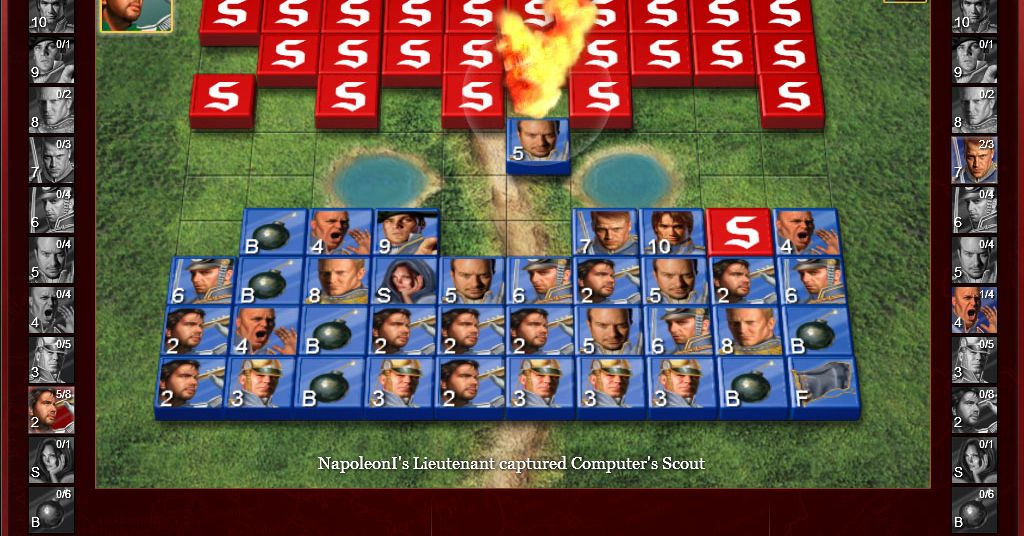

I find that one of the things missing in tactics training is concentrated, thematic study, i.e., you try and solve a few dozen tactical problems with the same theme - Discovered Attack, The Mill, etc. Blindfold chess is one way to improve your visualization skills, which is crucial for calculation. In critical situations, you may use more, but try not to use more than x minutes for a move, if you not spend more than x minutes on the position in a game.Īlso, playing blindfold chess is not bad. Also, remember that in a real game, you have around 3 minutes per move. I think that 10-20 difficult puzzles is plenty, as long as you apply your thinking process to each, and remember to diagnose/improve your thinking process at the end of each puzzle.
#Online chess tactics how to
There are many free online resources, particularly youtube, that tell you how to train to improve certain things. This is assuming you know how to improve every aspect of your thinking process. Or perhaps you couldn't visualize a long sequence, and now you know you have to get better at this. For example, if you spotted all the appropriate candidate moves, but, after calculation/evaluation, didn't find a winner, and thus settled for a "positional" move, then you know that there's an issue in your calculation maybe you didn't remember to find all candidate moves at every move, and thus missed something. If you can't spot the tactic (get the problem wrong), then you know that something is wrong with your thinking process, and you can correct it immediately. This is how you would play in a real game, and thus your tactical training should be like this. Then, you should calculate and evaluate these candidate moves one by one, and determine which one is the best. This means that you would, after a quick evaluation of the initial position, look for (1) Forcing moves, checks/caps/threats, (2) logical, positionally sound options that increase your activity/decrease opponent's activity. Thus, you should apply the thinking process you would use in a real game to the puzzle, and just try to play the move you would in a real game. In that case, I would recommend you treat each problem not as a puzzle, but as a real game situation, because your goal is to be able to spot tactics OTB, without knowing whether or not a tactical shot exists or not. I'm assuming your aim in practicing tactics is to improve your game performance.


 0 kommentar(er)
0 kommentar(er)
